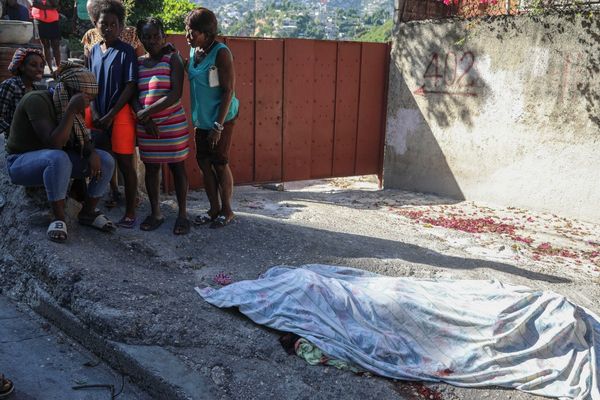
This is part nine in a series. For the rest of the series, go here.
Beth Panton was 17 when her family sent her to Esther House. Like others in the Pentecostal-linked facility, the family was deeply religious. Both her parents worked as missionaries.
Panton stayed for four years. After graduating from the Esther rehab program, she returned to work with the young women and girls. She became involved in Esther’s early job-training projects, such as the Esther cafe. She played the guitar and the drums to support Esther activities. She was set to teach Bible studies. She was, in many ways, Esther House’s biggest supporter. “‘Yes, sir. No, sir. Three bags full, sir.’ — That was me,” she says.
But Panton’s view of Esther house changed dramatically. By early 2020 she decided to take complaints about Esther to the WA police.
“Yes, I was the one who opened the door for the girls to see the detectives and a lot of people blame me for that. I’ve been threatened. But a lot of the girls’ stories are horrific and I think some are criminal [matters].
“I was there from 2010 to 2014. And it wasn’t until I’d left that I realised how much psychological damage they had done.
“I would hear a lot of people talk about how Esther got away with this and they got away with that.
“I think I just got sick and tired of hearing so much pain and so much heartache from the things that people experienced and it just roared in me.
“I can’t handle injustice. I think that’s something that I’ve grown up with, experiencing injustice, and now I’m old enough to know the difference between right and wrong. And if I have an opportunity to change something, I’m going to try.
“I too got locked in a room all day — unable to have food or water and interrogated for hours for something I never did — until one of the workers felt mercy for me and let me out.
“The issue is that most of us have been shut down for so long and basically been told to deal with it. Esther would spin it back on us and so they would say that we are the problem and they’re not.”
Patricia’s way
Panton’s view is that the Esther program was built in the image of the foundation’s founder, Patricia Lavater.
“The way the program was structured was basically to break us down and to build us up in the way she thought we needed to live, which was to be like Patricia and do things like Patricia. If Patricia bought a certain tea from a shop, everyone was buying a certain tea from the shop.”

Lavater, according to Panton, considered that she “heard from God and knew better than anyone else”.
But Panton stresses that speaking up is not about payback.
“Breaking our silence is not about getting revenge or trying to make anyone’s life miserable. It has never been about that,” she says.
“It is about breaking the cycles of abuse to protect the generations to come and removing the oppression from our lives to allow us to walk free again, to know that women can get help without being threatened or abused or slave laboured just to make the foundation look good.
“And that’s not even the half of it,” she added.
“They controlled every aspect of our lives: our money, our families, even social circles and relationships through the church.
“And although we were able to leave at times, on their approval, we were still so controlled and threatened by them — it was like being in a domestic relationship where we couldn’t leave as we were mentally trapped.
“So many have been fooled, and we didn’t even realise until we left that what they were drilling into us was some truth smothered in lies and manipulation.
“They had an evil hold on our lives and played it off as if it was all for God,” she said.
Esther Foundation founder, Patricia Lavater, provided a statement to Crikey in which she “deeply” apologised for “any hurt or trauma” caused to any individuals and offered to address issues in “an appropriate mediated setting”.
If you have any information about this story you would like to pass on please contact David Hardaker via dhardaker@protonmail.com.







